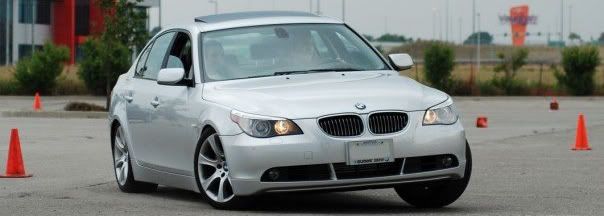Hi, I've done a load of google searching but no joy, so hoping you guys can help me; maybe someone has a standalone ABS system without the standard master cylinder and reservoir..
I have an e36, and I'm using the e36 M3 (euro) 3 line ABS system as a standalone ABS system, with the factory motorsport ecu software to accommodate slick tyres and things. The car has a dual master cylinder pedal box with bias bar, and individual (per M/C) fluid reservoirs
The ABS pump and ECU is relocated to the passenger footwell for space/weight distribution. I have no spare reservoir connections at the master cylinders for the 2x low-pressure lines (8mm and 10mm dia) required at the ABS pump
I've done a search and can't find the information I'm looking for, as most people who have done anything with the ABS (generally engine swaps) have retained the booster and standard "single" (dual outlet) master cylinder and reservoir
My plan is to mount a separate reservoir with two outlets above the ABS pump (specifically for the ABS pump) however I am not sure if the system recycles fluid from the normal brake circuit during operation?
I've got 2 scenarios in my head and one scares me a bit!..
1) The ABS pump takes the pressure in from the master cylinder and then modulates that to the outputs (calipers) - any extra pressure being applied by the pump (using oil from the reservoir to supplement pressure from the M/C's) and any reduction being controlled by sending fluid from the m/c's back to the common fluid reservoir via one of the low pressure lines
In this situation, using 3 separate reservoirs (1 per m/c, 1 for ABS pump with supply/return) could effectively drain the brake master cylinder reservoirs and dump that fluid back into the new "standalone" abs reservoir via the LP return line. This could leave me with empty brake m/c reservoirs which wouldn't be good!
2) The pump effectively blocks the oil from the m/c at the pump inlet (isolating itself and the brake circuit from the master cylinder) and then modulates the pressure itself with the pump/valves, using L/P lines for the oil supply and return
In this situation the brake m/c's and their fluid supply/returns are effectively 100% independent of the abs supply/return
My heart is saying #2 is most likely, but my head is saying #1 is possible as you feel pulsing through the brake pedal during ABS operation.. If #2 was true the pedal would just go solid until the ABS intervention was no longer required..
I'd rather not figure this out myself by trial and error, so hoping someone else has already been through this!
Ben
I have an e36, and I'm using the e36 M3 (euro) 3 line ABS system as a standalone ABS system, with the factory motorsport ecu software to accommodate slick tyres and things. The car has a dual master cylinder pedal box with bias bar, and individual (per M/C) fluid reservoirs
The ABS pump and ECU is relocated to the passenger footwell for space/weight distribution. I have no spare reservoir connections at the master cylinders for the 2x low-pressure lines (8mm and 10mm dia) required at the ABS pump
I've done a search and can't find the information I'm looking for, as most people who have done anything with the ABS (generally engine swaps) have retained the booster and standard "single" (dual outlet) master cylinder and reservoir
My plan is to mount a separate reservoir with two outlets above the ABS pump (specifically for the ABS pump) however I am not sure if the system recycles fluid from the normal brake circuit during operation?
I've got 2 scenarios in my head and one scares me a bit!..
1) The ABS pump takes the pressure in from the master cylinder and then modulates that to the outputs (calipers) - any extra pressure being applied by the pump (using oil from the reservoir to supplement pressure from the M/C's) and any reduction being controlled by sending fluid from the m/c's back to the common fluid reservoir via one of the low pressure lines
In this situation, using 3 separate reservoirs (1 per m/c, 1 for ABS pump with supply/return) could effectively drain the brake master cylinder reservoirs and dump that fluid back into the new "standalone" abs reservoir via the LP return line. This could leave me with empty brake m/c reservoirs which wouldn't be good!
2) The pump effectively blocks the oil from the m/c at the pump inlet (isolating itself and the brake circuit from the master cylinder) and then modulates the pressure itself with the pump/valves, using L/P lines for the oil supply and return
In this situation the brake m/c's and their fluid supply/returns are effectively 100% independent of the abs supply/return
My heart is saying #2 is most likely, but my head is saying #1 is possible as you feel pulsing through the brake pedal during ABS operation.. If #2 was true the pedal would just go solid until the ABS intervention was no longer required..
I'd rather not figure this out myself by trial and error, so hoping someone else has already been through this!
Ben


Comment